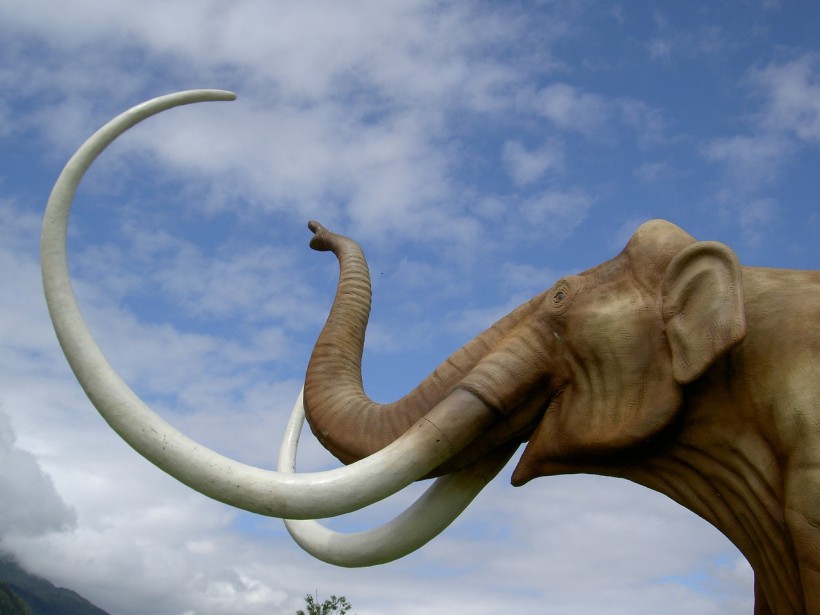A woman strolling on a California beach on Memorial Day weekend happened to find an interesting foot-long tooth.

Ancient Tooth Found on a California Beach
According to Newsweek, Jennifer Schuch, the woman behind the discovery, came across the unique find while strolling close to Aptos Creek over Rio Del Mar State Beach.
She reportedly explained to the Associate Press that she was on one side while a lady on the other side of the creek talked to her and asked her what was at her feet. Ms. Schuch describes the odd find as something weird and burnt-looking.
Initially, she was unfamiliar with the finding. Ms. Schuch then posted a photo on Facebook to find possible answers.
Per Huffpost, Wayne Thompson, the Santa Cruz Museum of Natural History's paleontology collections advisor, answered her query. He identifies the unique find as an ancient molar of an adult Pacific mastodon, an extreme species similar to elephants.
Thompson explained that the find is vital. He asked Schuh to give him a call.
However, as they returned to the beach, the tooth was found to be missing. Dedicated search efforts over the weekend were unsuccessful in finding the tooth. Thompson then posted on social media a request for help finding the tooth. His request then made global headlines.
Jim Smith, from Aptos, found the tooth again and contacted the museum. Liz Broughton, the visitor experience manager of the museum, was excited to receive the call. Mr. Smith reportedly donated the find to the museum, Phys reports.
ALSO READ: Mastodon Tooth Found in Michigan by a 6-Year-Old Boy Who Thought It Was From a Dragon
Ancient Mastodon
While the exact age of the tooth remains unclear, a blog entry from the museum explains that mastodons lurked over California roughly 5 million to 10,000 years ago.
Ms. Broughton explains that it is safe to say that the tooth is less than a million years old. In terms of fossil standards, the tooth is still relatively new.
Per Britannica, mastodons were distributed globally. Remains of these creatures are pretty common and tend to be preserved well.
One of their characteristic features is their grinding tooth nature. In several respects, this is considered quite primitive. Their teeth are huge, strongly rooted, and low-crowned. Interestingly, compared to true elephants, these mastodons have teeth that are less complex and smaller teeth.
They were also shorter compared to present-day elephants. However, mastodons were also heavily built. They had a lower, flatter skull and generally simpler construction than modern elephants. Nevertheless, they shared a similar appearance.
Britannica adds that climate change and human hunting efforts could have affected their mortality and potentially fueled their extinction.
RELATED ARTICLE: 2-Million-year-Old DNA From Ancient Sediment in Greenland Reveals a Lost Arctic World
Check out more news and information on Paleontology in Science Times.














